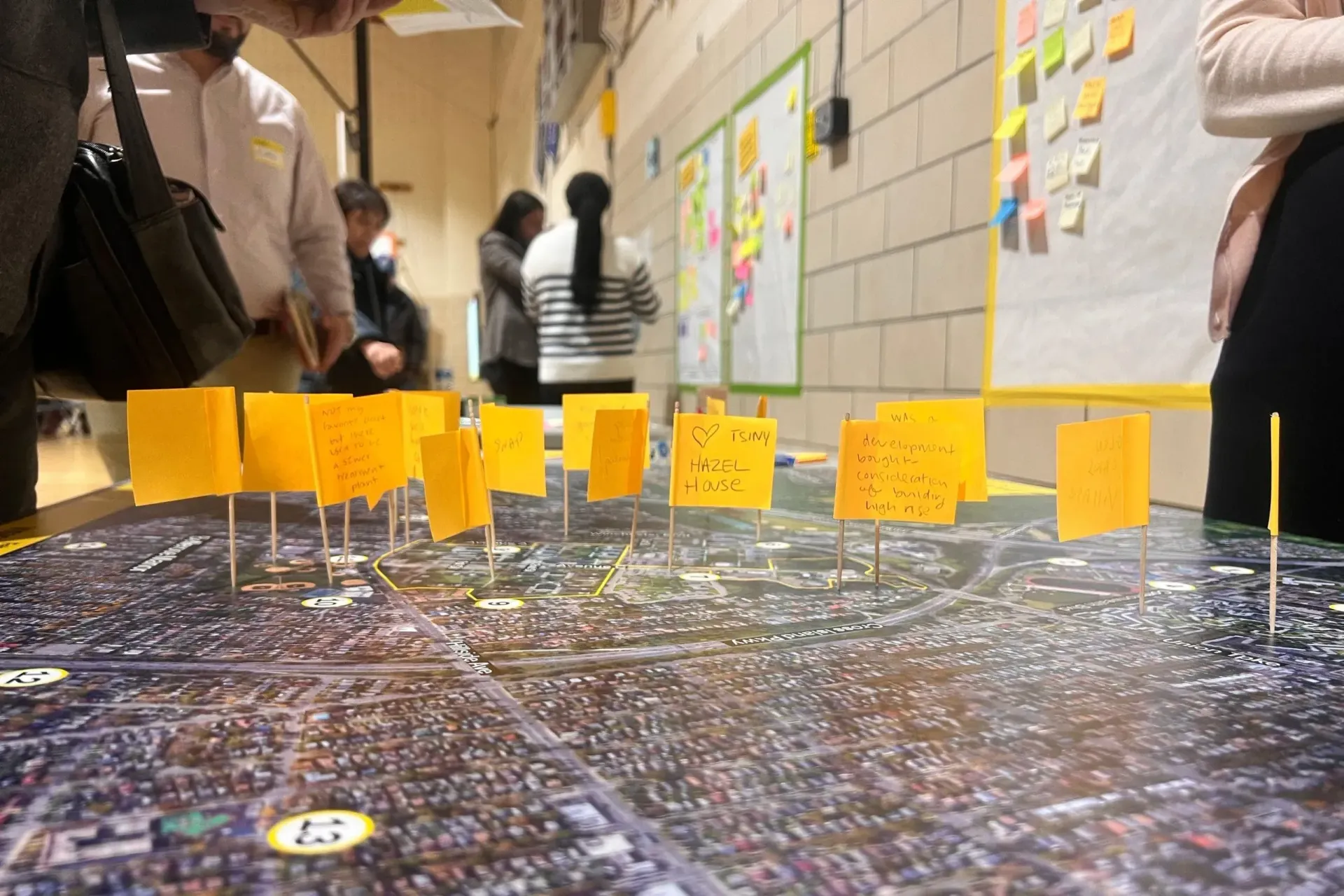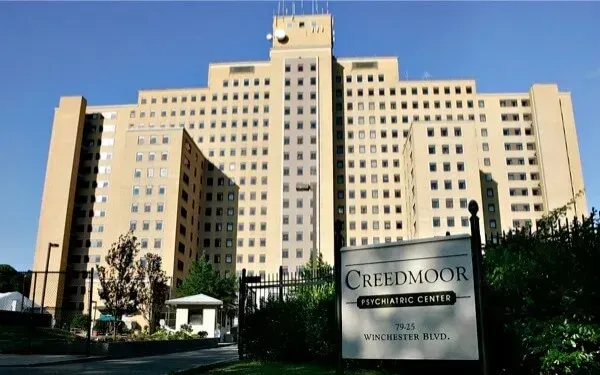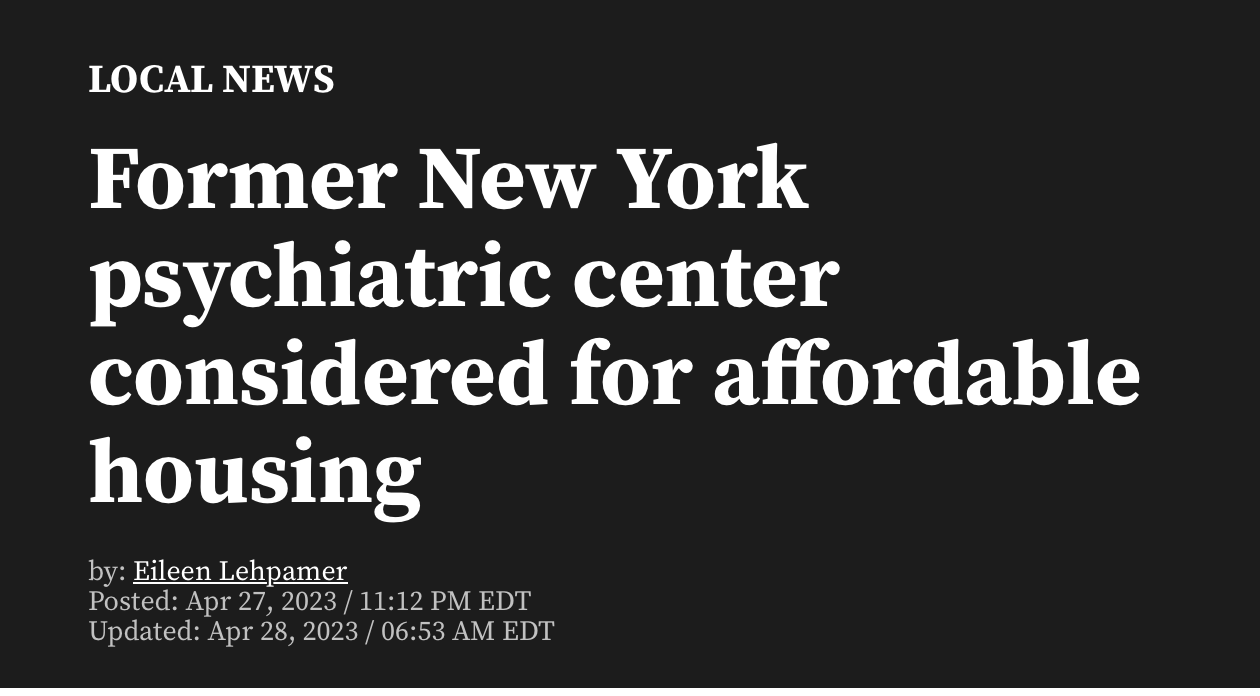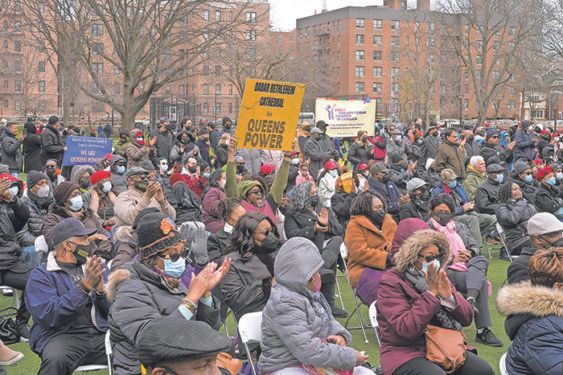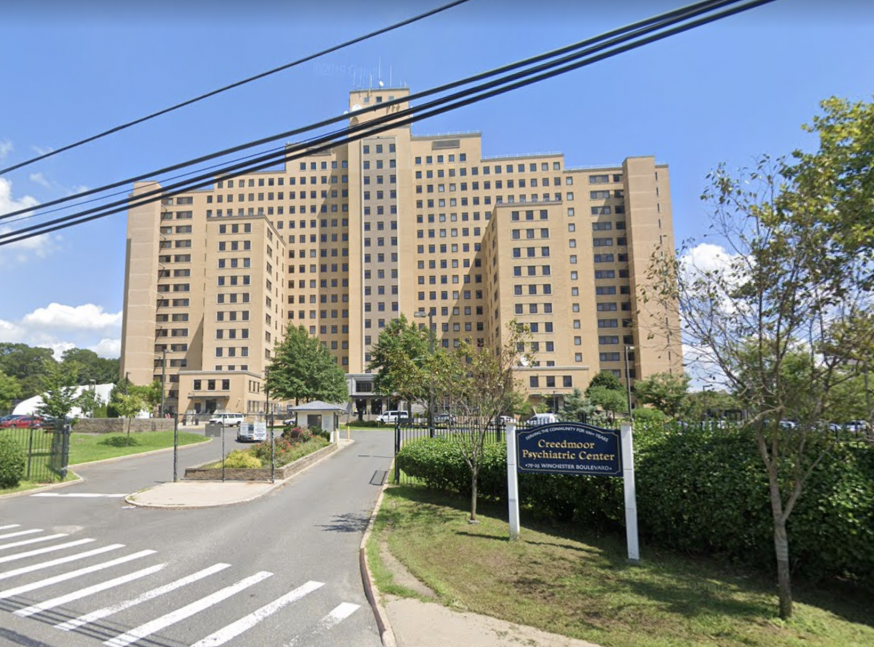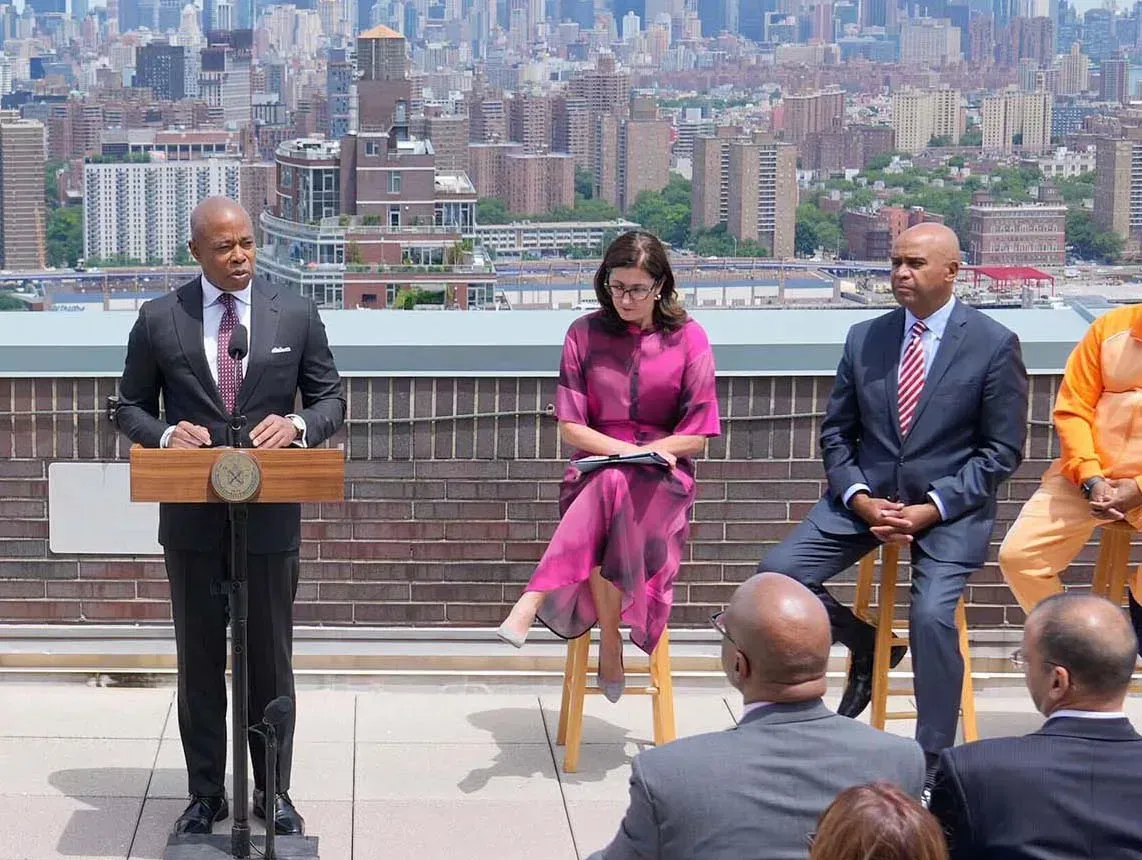
Opinion: Creedmoor Plan is a Chance for a New Generation to Call Queens Home
Lots of people are talking about the state’s plan for 2,800 housing units at the Creedmoor site. Understandably, many life-long residents of the area fear that the project would change the character of the surrounding neighborhoods. Their parents or grandparents worked hard to buy homes in Glen Oaks Village or Hollis Hills: this new plan feels like a threat to their legacy.
As two people who care deeply about the Eastern Queens community, we’ve been listening carefully to our neighbors’ concerns about the Creedmoor plan. We don’t think Gov. Kathy Hochul’s plan is perfect: there are plenty of details we want spelled out.
But we see at Creedmoor the opportunity for a new generation of New Yorkers to make a home and leave a legacy for their children and grandchildren. We support the plan’s vision because we see it as a chance to stand up for people just like our parents and grandparents—who struggled bravely to make a life and a future for their families.
It’s in that spirit that we want to address our neighbors’ concerns about the state’s plan for Creedmoor. The first big concern many neighbors have expressed is that affordable housing will bring lower-class neighbors, which in turn will bring a lower quality of life to their neighborhood.
But the families who need this affordable housing are just like us. The cost of housing has far outpaced the wages of working people. Many of us who bought in the neighborhood decades ago, or even just a few years ago when interest rates were at historic lows, wouldn’t stand a chance in today’s market. That’s why we need to build affordable housing for working families.
So far, the Creedmoor Plan has identified housing targets for households earning 80 percent of the city’s Area Median Income (AMI). A single person at 80 percent AMI earns$79,120 per year. The median income of Queens Village is about $85,000, with nearly 20 percent of residents earning less than $35,000 per year, according to the most recent census data. That means the new neighbors who would move into a Creedmoor development are earning about the same as current neighbors, in some cases maybe more.
We will certainly need to build for lower incomes as well, but that shouldn’t scare us either. For example, a two-person household at 60 percent AMI earns $67,800 per year. That’s a single-parent public school teacher looking to raise their kid in a stable and affordable home. We think teachers deserve decent housing like the rest of us.
Some of the housing in the Creedmoor plan will be set aside for seniors, like our own aging parents, and formerly homeless folks, like our most recent neighbors at Zion Church in Douglaston. These folks also need our compassion and support. Many New Yorkers don’t realize that between 30 percent and 40 percent of single people in shelters are employed and just need a helping hand to get an affordable apartment. We should all be able to empathize with folks in this situation because, as Councilmember Vickie Paladino said at a town hall about the Douglaston women’s shelter, many of us are one paycheck away from being in the same place as they are.
Our neighbors’ second big concern is about density: we’ve heard people say that building mid-rise housing will destroy the character of the area. But in Eastern Queens we already have numerous examples of six- to eight-story buildings existing side-by-side with two- and three-story garden apartments and single family homes.
Right here in Bellerose, at 245-10 Grand Central Service Road, we have 250 families living in three, seven-story apartment buildings that most residents probably don’t even realize are there. Other examples include the Windsor Park co-ops in Oakland Gardens, the Cambridge Hall buildings in Hollis Hills, and we would be remiss as members of Zion to not mention Douglaston, which has blocks of multi-family apartment buildings existing side-by-side with some of the most desirable single-family homes in the borough. Those mid-rise buildings haven’t ruined Douglaston, and they won’t ruin Glen Oaks or Queens Village.
The last concern we have heard a lot about is why we should subsidize the creation of affordable housing at all. Once again, let’s think about our parents and grandparents before pointing fingers at our new neighbors. The truth is that most housing in the United States, let alone New York City, has benefited from some subsidy. Glen Oaks Village would not exist today if the developers in 1947 had not received $54 million (nearly $750 million in 2023 dollars) in subsidized low-interest loans from the Federal Housing Administration.
Most apartment buildings have benefited from some state-backed subsidy, like 421-a, J-51, or the 1955 Mitchell-Lama program. And the largest housing subsidy over the last century has been for single-family homes. Homeownership today is built on pillars of government support, from the explicit insurance of FHA loans, to the implicit support of a massive federally-sponsored secondary mortgage market, to the mortgage interest tax deduction.
The GI Bill of 1944 put many of our grandparents into homeownership for the first time—and kept many Black and brown families out of it. We believe that everybody deserves the same support and investment that our parents and grandparents received. This Creedmoor plan is one way to make that a reality—to make this city a place where everybody has a shot.
It’s only human to be nervous about change—especially in the places our families call home. But we think the state’s plan for Creedmoor represents an investment in the essential workers who make this city great.
We’ll keep pushing the governor to ensure that the Creedmoor site—public land—is used for the public good. Because our hope is that in 75 years there will be second and third-generation residents of this new development who love their neighborhood as much as we love ours now. Supporting this plan is part of the legacy we can leave to them.
